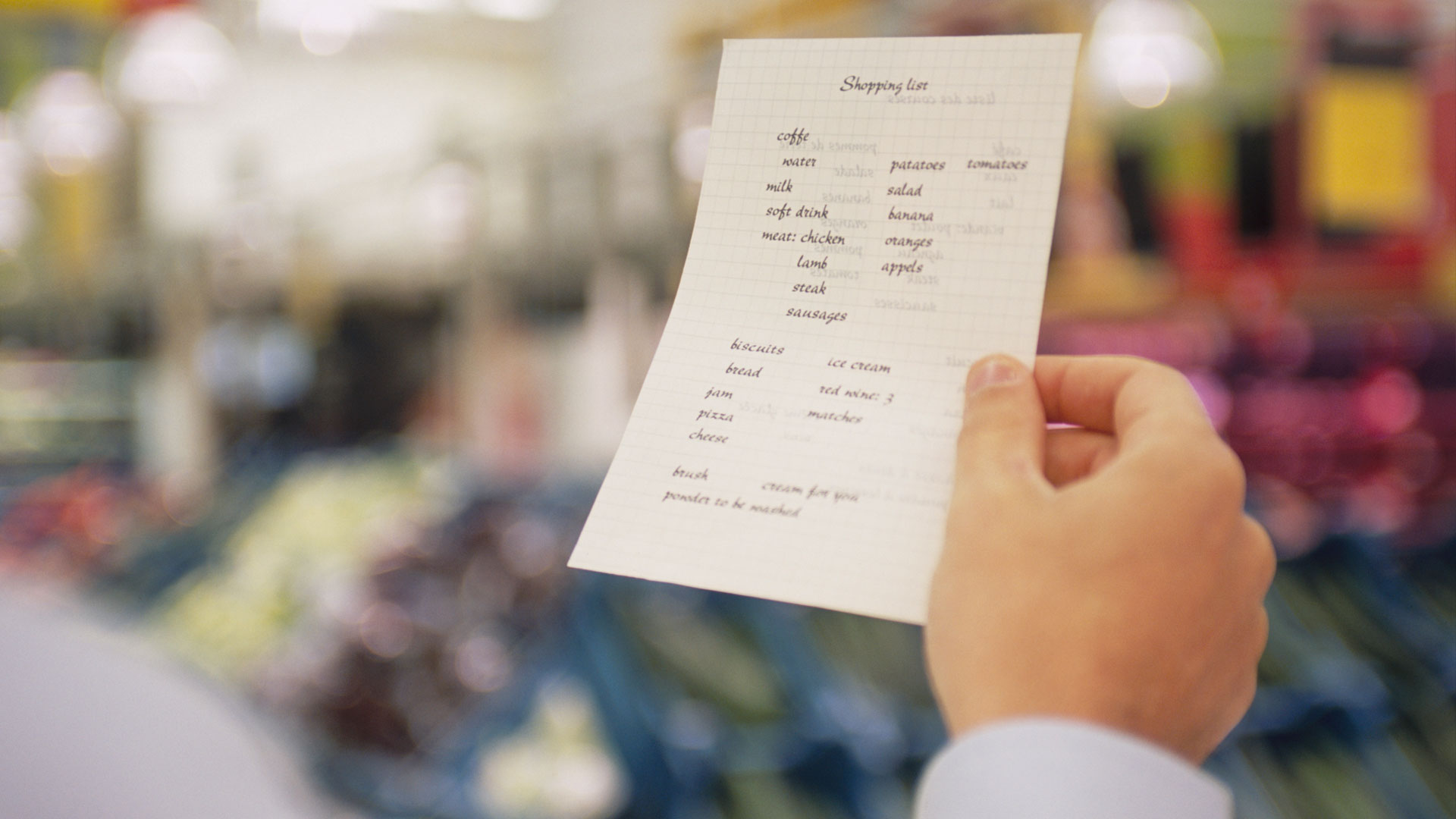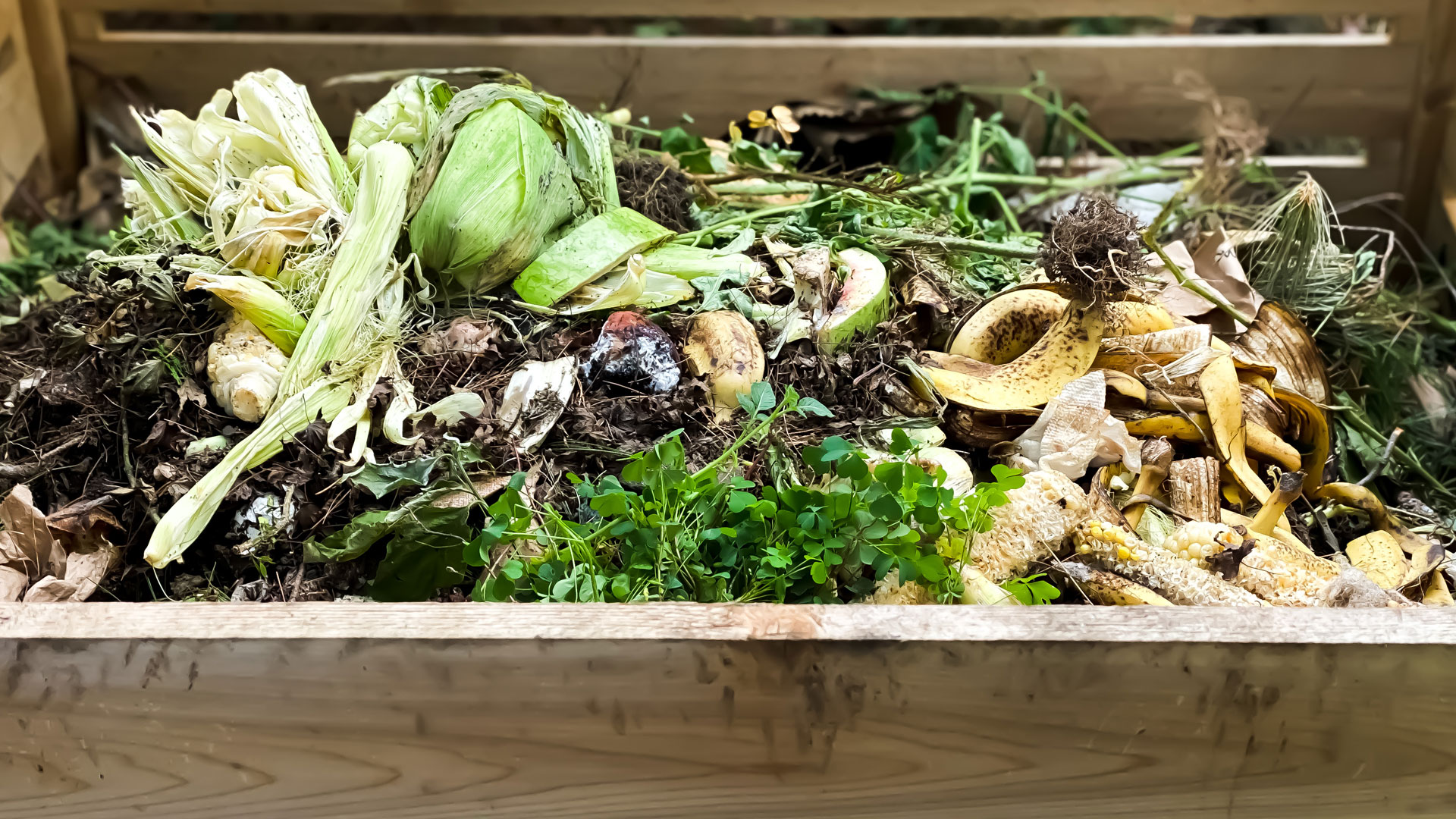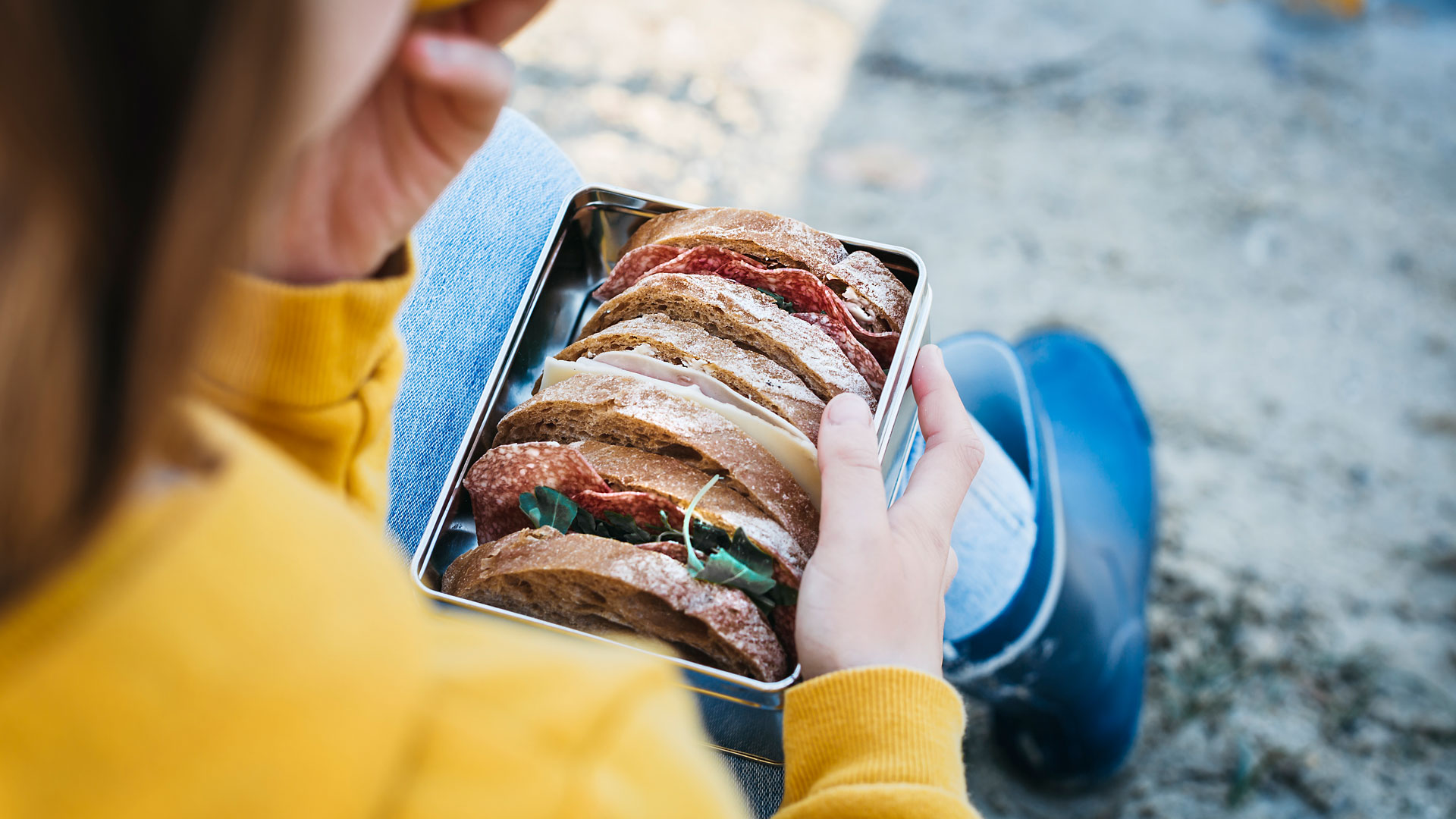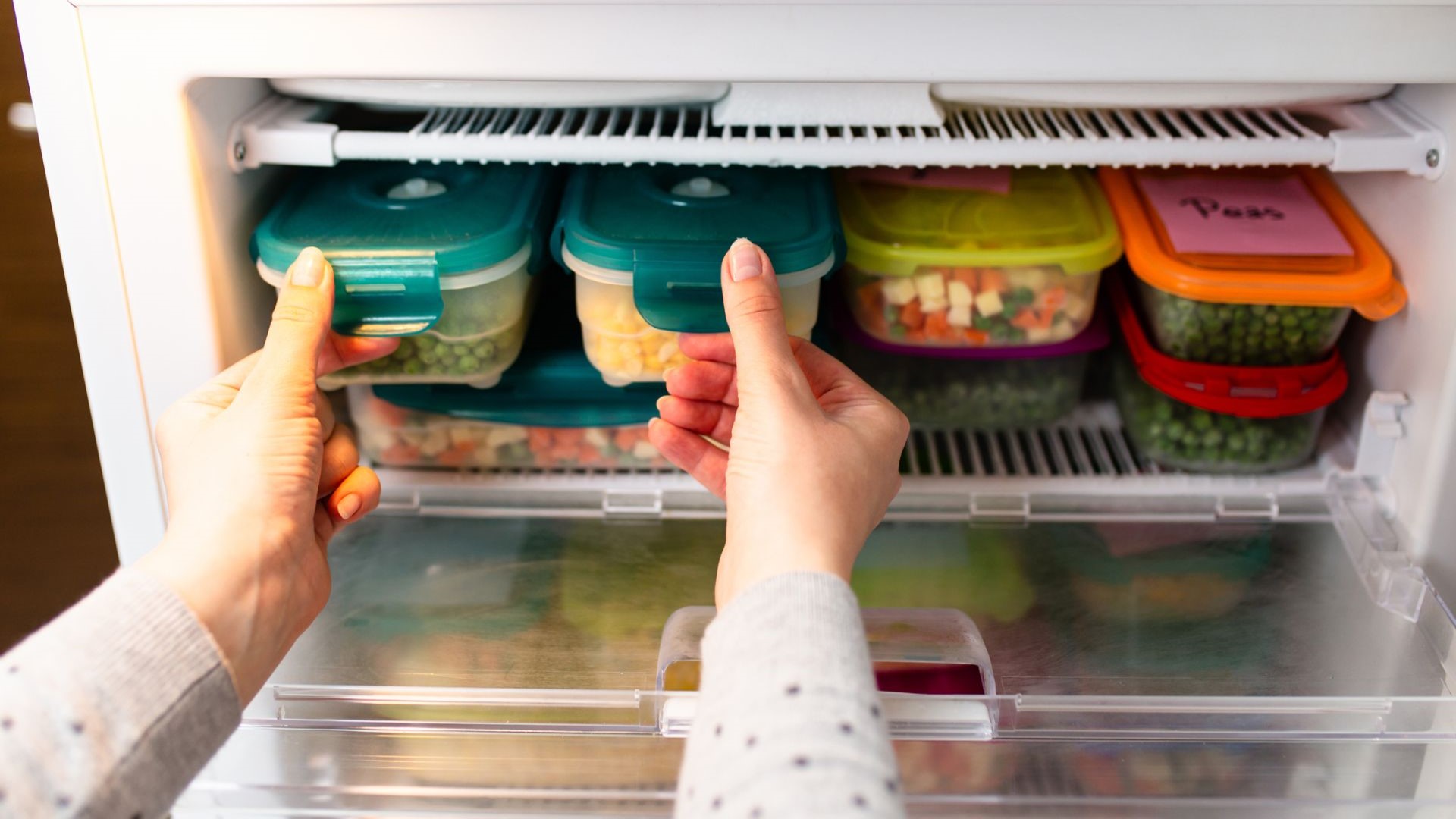Knowing how to reduce waste can not only save you money but also reduces the impact on the environment. Throwing less food away, using up leftovers, and buying less in the first place may all sound obvious, but can make a dramatic difference to the amount of trash you produce as a household. A study cited in The American Journal of Agricultural Economics found that the average US household throws out $1,866 of food every single year – and that’s without taking all the packaging and other household waste into account.
We’ve put together some hints and tips to show you how to reduce waste. While some of our suggestions need a little additional effort, others will take up no extra time at all. Little changes such as only buying what you need, resisting the lure of those special offers, and making friends with your freezer can all make a big impact. If you don’t already have a decent freezer, then take a look at our guide to the best freezers to find out what will work for your household. You could also consider investing in an appliance to crush down household waste into a smaller space so that you use fewer plastic garbage bags – our guide to the best trash compactors has all the info.
For now, though, here’s how to reduce waste in your home.
How to reduce waste: 10 easy steps
We’re all becoming more aware of our environmental impact and many of us are keen to reduce the amount of household waste we generate. Here are our top tips.
1. Don't buy too much
Special two-for-one food offers may look tempting, but if you end up throwing the extra one away then it wasn’t a bargain. Only buy things you are sure you can use or that will freeze or can be preserved in some way – check out our feature on how long to freeze food for more on this. You could also team up with a friend to share those offers out between you.
2. Use up leftovers
It may not be possible to never throw any food away at all, but it’s surprisingly easy to use up most of it with a little ingenuity! Make leftover vegetables into soup or stock, pop slightly stale bread in the food processor to make breadcrumbs, turn overripe fruit into juice and use up cold meat in salads or sandwiches. However, anything showing signs of mold or that hasn’t been properly stored should go straight in the trash or compost though. Make sure you know the difference between the ‘sell by’, ‘use by’ and ‘best by’ dates, as well. The ‘sell by’ and ‘use by’ dates could be weeks or even months apart and mistaking one for the other could cause you to throw out perfectly wholesome food.

3. Make a list
Make a list when you shop and don’t shop hungry! Stores use all sorts of tricks to get us to buy more goods, including piping in bakery smells to stimulate appetites. Ideally, shop after a meal when you are less likely to make impulse buys, and only buy what you know you need.
4. Get organized!
When you come back from the store, put new purchases at the back of the shelf and eat preserved goods in date order. Finding a random tin in a dark corner and realizing it’s two years out of date can be frustrating. The same applies to fresh food – when you stock the refrigerator, place the new bottle of milk behind the open one so that it’s clear which has to be used first.
5. Store food correctly
If you’re wondering what temperature should a freezer be, freezers should run at 0°F and refrigerators at 40°F. Any warmer, and your food won’t be stored properly and won’t last as long as it should (and might even make you ill). Any colder and you’re wasting energy.

6. Start a compost heap
Composting is a great way to use up kitchen waste and will save you money on buying a commercial product. You can add fruit and vegetable peel, coffee grounds, crushed egg shells, used tea bags, and much more. You can also add kitchen paper and a small amount of cardboard or brown paper grocery bags, as well as garden waste. If you don’t have room for your own compost bin, you might be able to team up with a neighbor with a bigger yard to give them your food waste. Alternatively, look at joining a communal scheme - many municipalities run a composting program.
7. Take lunch to work
It sounds obvious, but there is no point spending extra money buying lunch then throwing food away when you get home! Turn leftovers into creative sandwich fillings, or take in a flask of soup.

8. Learn to preserve
Pickling, canning, drying and preserving food are all techniques that go back hundreds of years but are still relevant today. For example, gluts of fruit can be preserved in jars so they don’t take up too much room in the freezer. Once preserved, fruit will last for years (a jar makes a great present for friends, as well!)

9. Don’t seek perfection
Over the years, consumers have demanded fruit and vegetables that look perfect. That means that tons and tons of tasty, edible food goes to landfill every year as it’s not ‘pretty’ enough. Major chains of food stores have started to offer ‘ugly’ fruit and vegetables at reduced prices to try and combat this trend. These bargain bags will taste exactly the same as their prettier cousins, cost less and help reduce waste, as well.
10. Opt for refills
To help reduce plastic waste, opt for ‘refill’ versions of your favorite cleaning products and decant them. Choose paper over plastic packaging wherever you can – paper packaging can often go into the compost bin rather than the trash can.
Over time, reducing your household waste will be second nature – and both your wallet and the environment will thank you!

